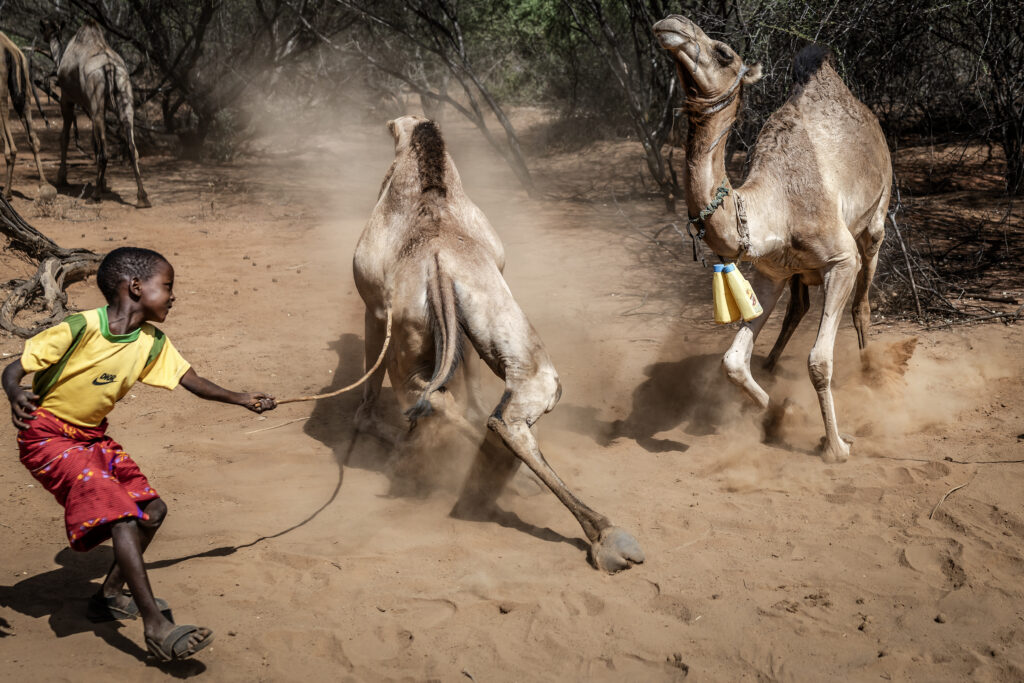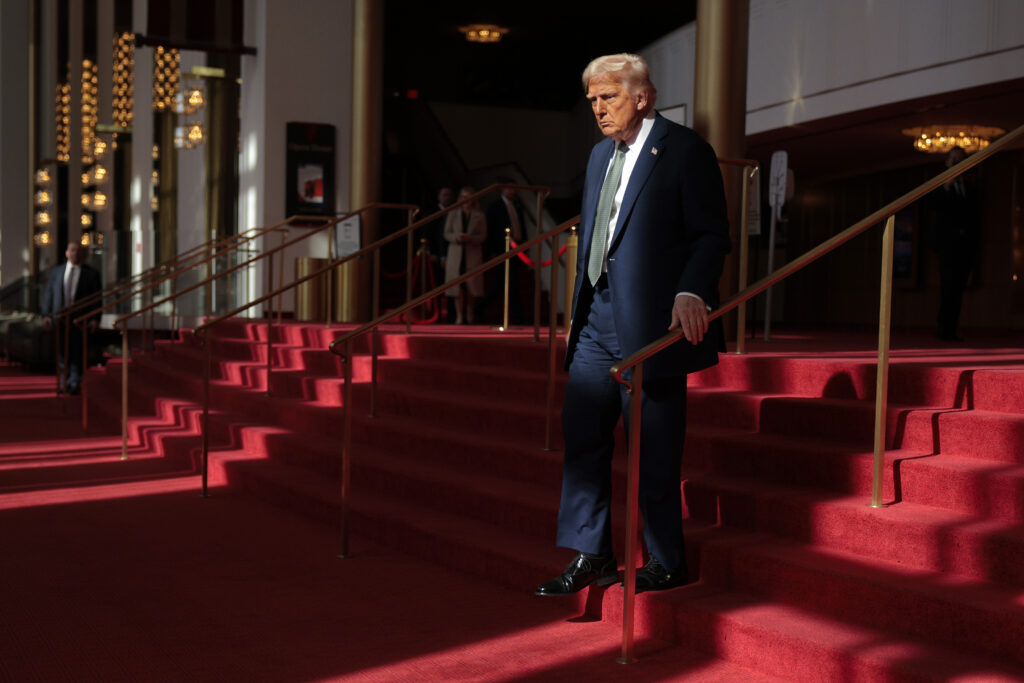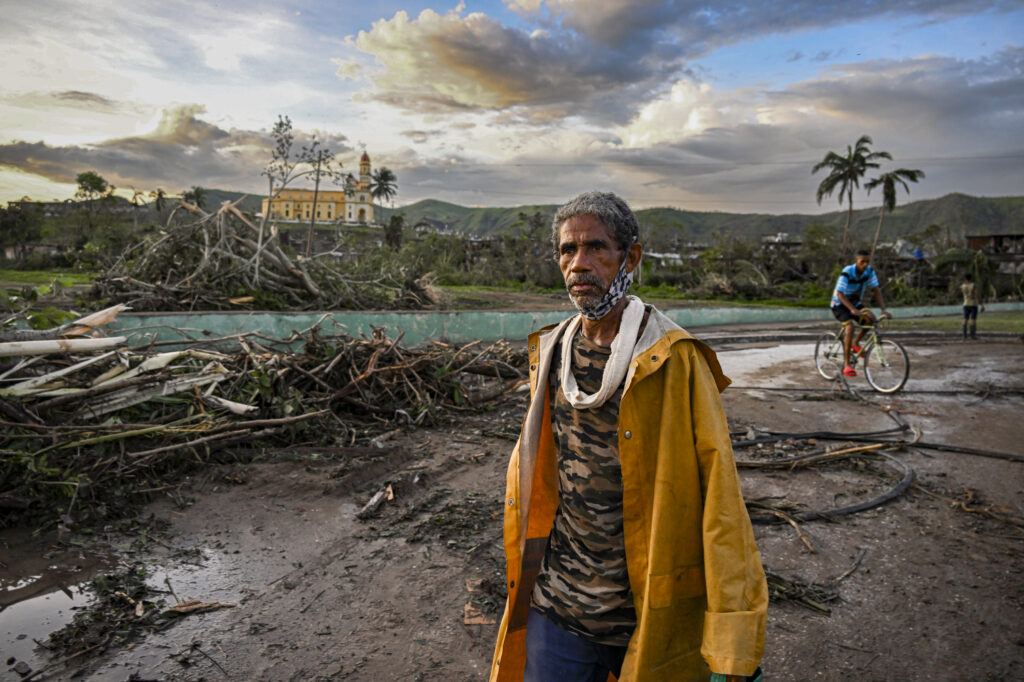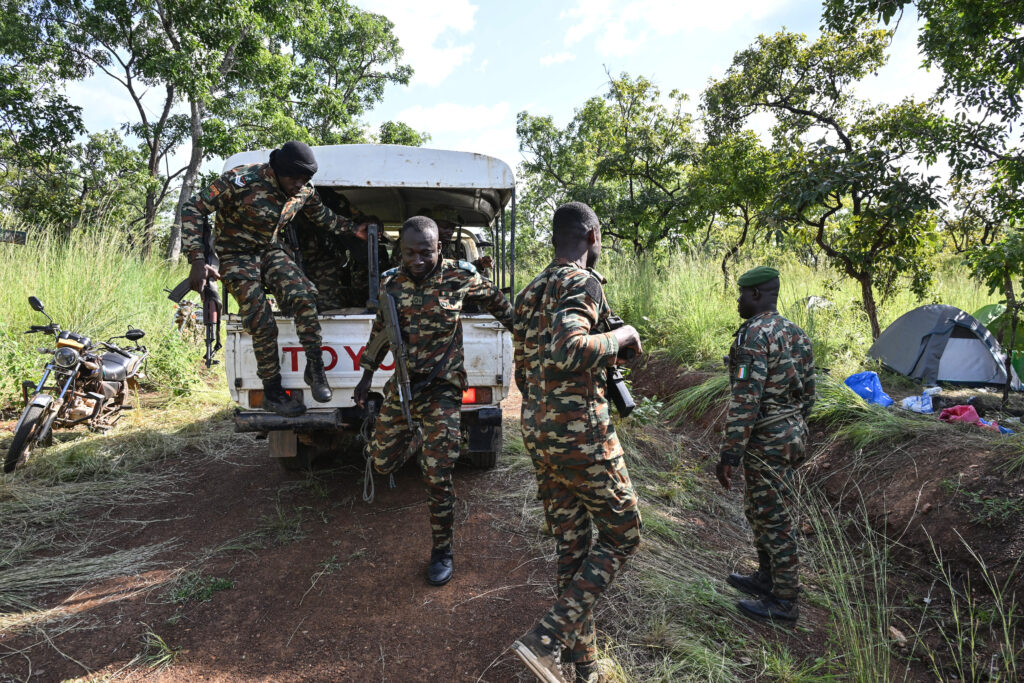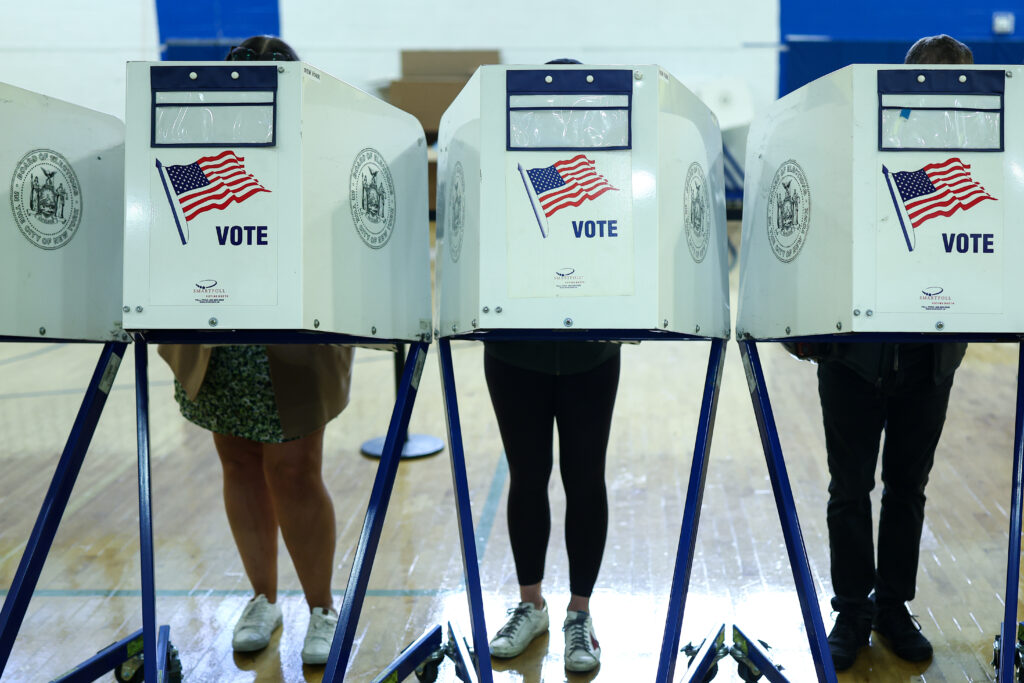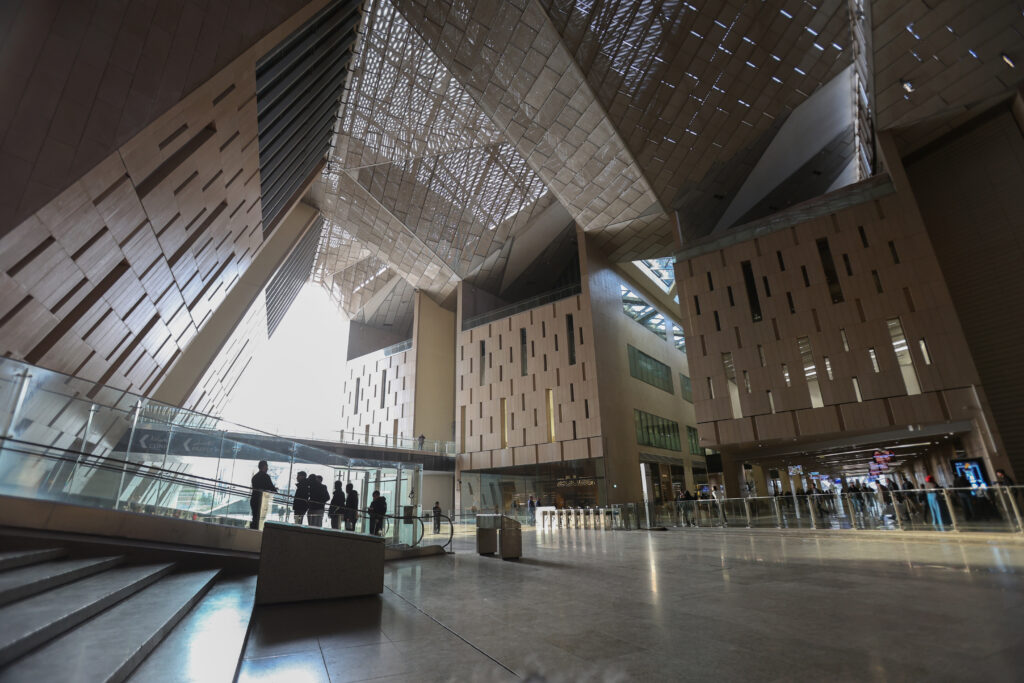Damian Figueredo se réjouit d’avoir survécu à l’effondrement de sa maison, détruite par l’ouragan Melissa dans l’est de Cuba. Mais il ne sait pas comment il va s’en sortir, dans une île déjà mise à rude épreuve par les difficultés économiques.Cet ancien mineur de 52 ans, à la silhouette frêle, se déplace avec difficulté en raison d’un accident dans une mine d’or, il y a sept ans, qui l’a forcé à prendre sa retraite anticipée. Ce qui était sa maison à El Cobre, une bourgade de 7.000 habitants célèbre dans toute l’île pour abriter le sanctuaire de la Vierge de la Charité, sainte patronne de Cuba, n’est plus qu’un tas de débris: briques, tuiles, portes et fenêtres jonchent le sol. Mais il n’a pas pu commencer à déblayer en raison de sa santé fragile. “Cet ouragan a accentué mes problèmes. Ma situation est désespérante”, dit-il, alors qu’il survit, seul, avec une retraite de 3.000 pesos cubains (6 dollars sur le marché des changes informel) qui ne lui “suffit pas”.Mardi soir, il est allé se coucher tôt, pensant qu’il ferait mieux de dormir en attendant l’ouragan. Après avoir dévasté la Jamaïque, Melissa était attendu dans la nuit dans le sud-est de Cuba. C’est dans son lit qu’il a commencé à ressentir la fureur des vents, qui ont atteint 195 km/h. Il s’est échappé à temps de sa maison qui a fini par s’effondrer. Seul un pan du toit du salon a résisté.”A quelques secondes près, tout cela m’aurait écrasé”, explique le quinquagénaire. Jusque-là, il survivait grâce à la solidarité de ses voisins qui le nourrissaient, mais il ne sait pas de quoi demain sera fait.- “Tragédie nationale” -Si Melissa n’a pas fait de victime à Cuba, selon les autorités, elle a frappé une île en proie à de nombreuses difficultés: chute de la production agricole et industrielle, érosion des programmes sociaux, pénuries, pannes générales d’électricité, inflation…”Nous pouvons dire que nous nous trouvons dans des circonstances extrêmes”, dit à l’AFP Rogelio de Dean, 45 ans, prêtre de l’église du sanctuaire de la Vierge de la Charité d’El Cobre, qui a également subi des dommages matériels.”La situation de tragédie nationale dans laquelle nous laisse le cyclone s’ajoute désormais à la réalité quotidienne déjà difficile de notre peuple”, a également souligné dans un communiqué la Conférence des évêques de Cuba, qui a lancé un appel aux dons. De fait, le désarroi domine parmi les habitants d’El Cobre.”Ce cyclone nous a tués, il nous a détruits, nous qui étions déjà dans une grande détresse. Maintenant, évidemment, notre situation est encore bien pire”, se lamente Felicia Correa, 65 ans, qui vit dans le hameau La Trampa, non loin d’El Cobre.Les habitants de la zone n’avaient jusque-là que deux heures et demi de courant par jour, racontent-ils. Il ne savent désormais pas quand le courant, coupé dans six provinces du pays sur quinze, pourra être rétabli, même si les autorités ont fait de la relance du réseau électrique leur “priorité”. En parallèle, l’envoi d’aide humanitaire dans les provinces de l’est du pays s’organise. Selon le ministère cubain des Affaires étrangères, le secrétaire général de l’ONU Antonio Guterres a annoncé le déblocage de 4 millions de dollars du fonds d’urgence humanitaire pour Cuba et Haïti, également touché par les conséquence de Melissa. Le Venezuela a envoyé 26.000 tonnes d’aide humanitaire à son allié. Aux Etats-Unis, qui imposent un embargo économique à Cuba depuis plus de six décennies, le gouvernement de Donald Trump a déclaré se “tenir au côté du courageux peuple cubain” et le Département d’Etat s’est dit “prêt à fournir une aide humanitaire immédiate directement et par l’intermédiaire de partenaires locaux”. Une proposition qualifiée d'”indigne” par La Havane. “Si c’était la volonté sincère de ce gouvernement de soutenir notre peuple, ils auraient levé sans conditions le blocus criminel et nous auraient retirés de la liste des États soutenant le terrorisme, où nous n’aurions jamais dû figurer”, a déclaré sur X Roberto Morales Ojeda, membre du Bureau politique du Parti communiste cubain.Depuis fin 2021, les États-Unis ont réinscrit Cuba sur leur liste des “Etats soutenant le terrorisme”, entraînant un renforcement de l’embargo. L’ex-président Joe Biden l’en a retiré une semaine avant de quitter la Maison-Blanche, décision rapidement révoquée par Donald Trump.
